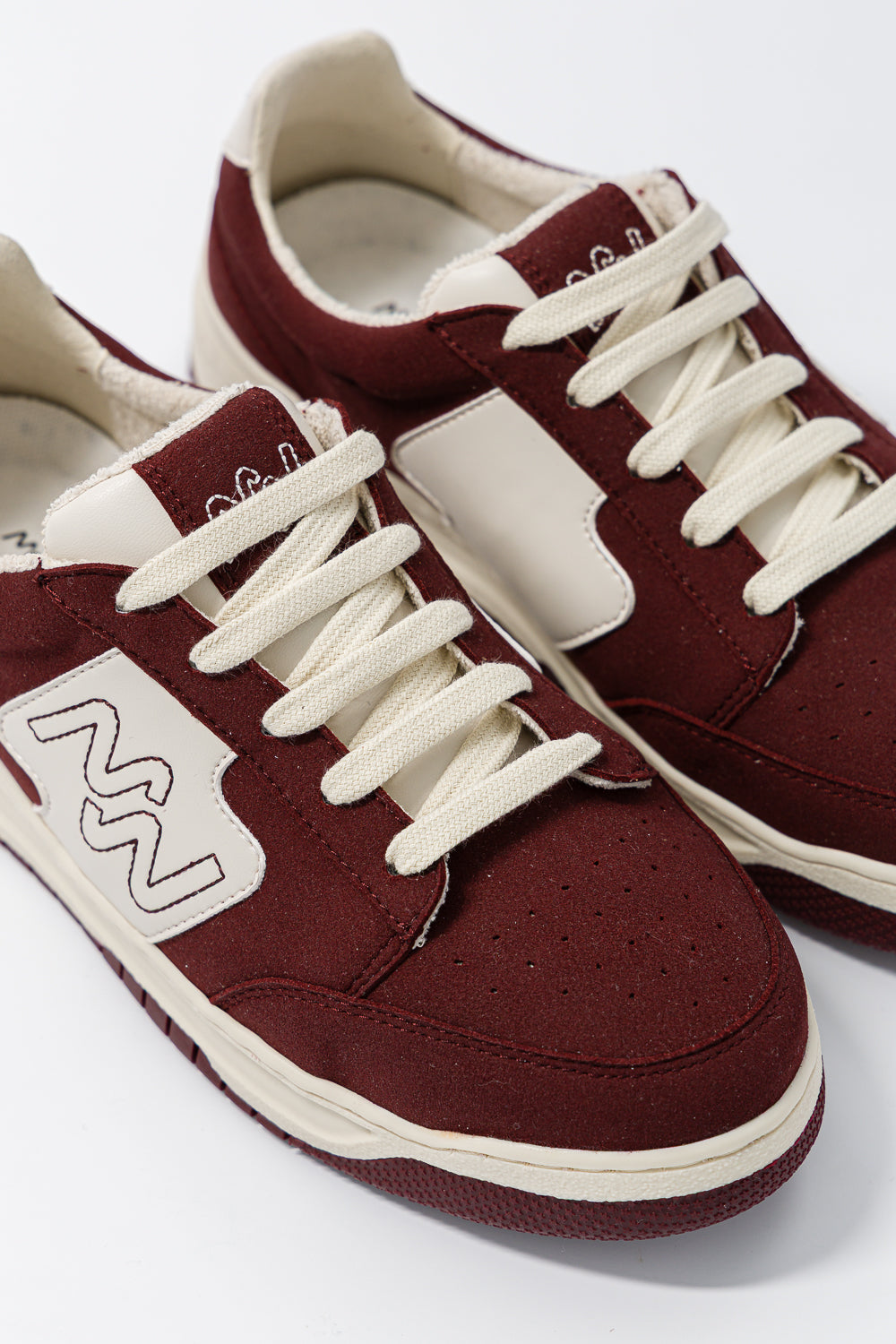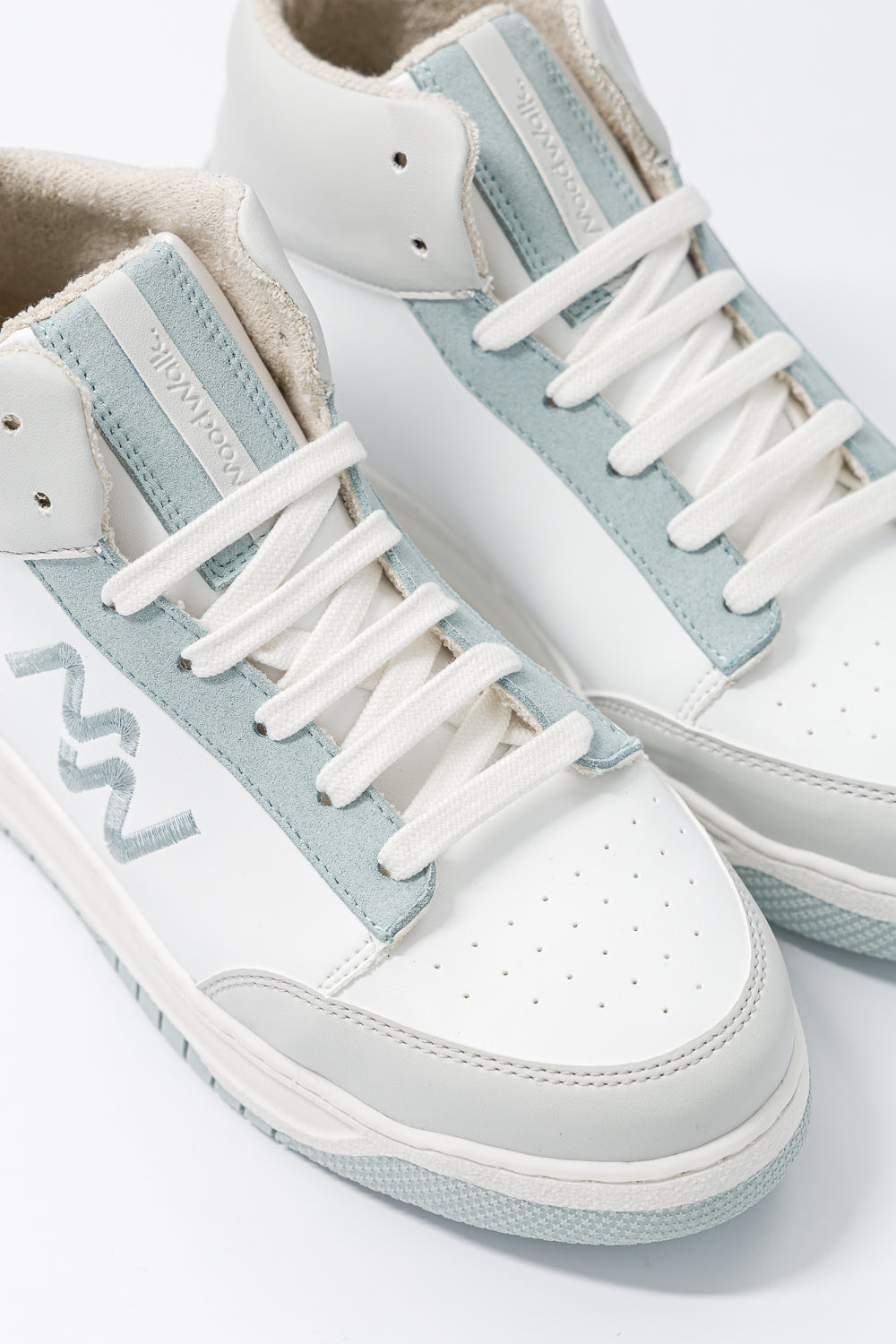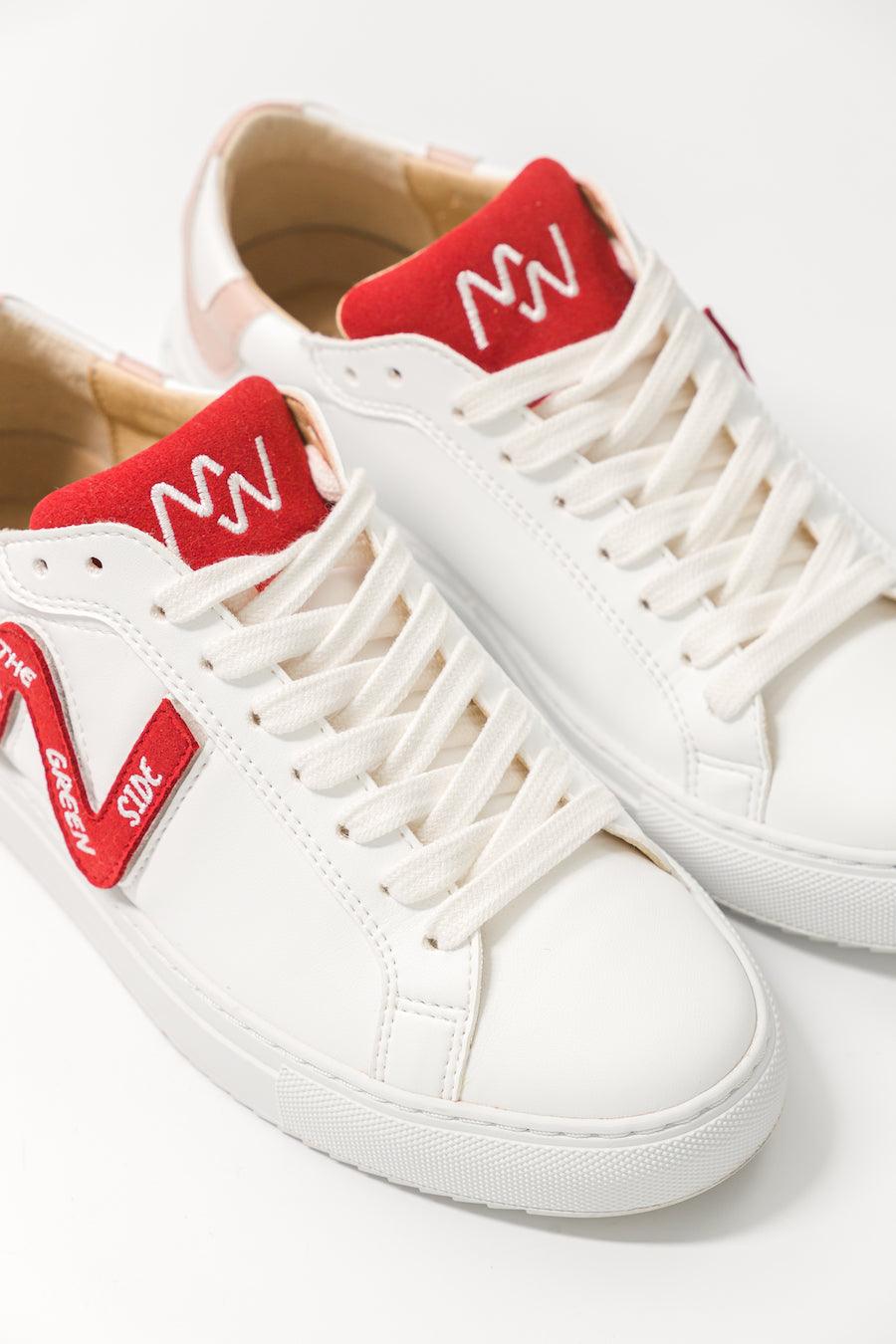Understanding upcycling: more than a trend, a true sustainable commitment
The term upcycling refers to the process of reusing existing materials or products to transform them into superior quality objects, whether aesthetically, practically or environmentally. Unlike traditional recycling, which often degrades the raw material, upcycling enhances the value of materials by giving them a second life.
Today, this practice is attracting attention in many sectors—decoration, design, and fashion—and is establishing itself as a concrete response to environmental challenges. In the world of footwear, and particularly vegan sneakers, upcycling is becoming a truly sustainable and creative alternative.
Upcycling in fashion: transforming what already exists into a resource
The fashion industry is one of the most polluting in the world: overproduction, textile waste, unsold items burned... Upcycling presents itself as a virtuous solution to limit these excesses.
Concretely, it is about recovering:
-
textile waste (such as fabric or denim scraps),
-
materials from the food industry (such as corn, grape or apple residues),
-
or items destined to be thrown away (advertising tarpaulins, seat belts, fishing nets).
These resources, instead of being destroyed, are reused and transformed into uniquely designed clothing, bags, sneakers, and accessories. This helps both reduce waste and limit the production of new materials that place a heavy burden on the planet.

The environmental benefits of upcycling
The positive impact of upcycling is multiple:
-
Waste reduction: less material thrown into landfills or incinerated.
-
Reduced consumption of natural resources: no need to produce new fibers or raw materials.
-
Lower carbon footprint: Manufacturing often requires less energy than traditional production.
-
Sustainability: Upcycled materials, often robust, are used in products made to last.
In other words, upcycling helps create a more circular economy and move away from the linear “produce – consume – throw away” model.
Why is upcycling at the heart of ethical fashion and vegan sneakers?
Unique and responsible products
Vegan sneaker brands are increasingly relying on this approach to offer models that combine design and responsibility.
It's also a way to raise consumer awareness: buying an upcycled product means taking part in a conscious and rewarding approach, far from the standardization of fast fashion.
Craftsmanship and limitless creativity
Upcycling requires creativity and expertise. Craftspeople and designers must imagine how to repurpose raw materials to give them a new purpose. This fosters innovation, but also the preservation of traditional crafts (sewing, leatherwork, assembly).
For vegan sneakers, this can translate to:
-
recycled textile inserts,
-
soles made from recycled rubber from old soles or revalued tires,
-
upcycled fishing net linings.
Every detail tells a story and places the shoe within a logic of ethics and sustainability.

Upcycling, a new way of consuming
Upcycling isn't just a passing trend: it's a new way of consuming. By transforming waste into resources, it combines creativity, sustainability, and respect for the environment.
Choosing upcycled sneakers or clothing therefore means:
-
reduce its ecological footprint,
-
support more responsible fashion,
-
and wear unique pieces with a strong style.
In a world where every action counts, upcycling proves that it is possible to give materials a second life while moving towards a more sustainable future.









